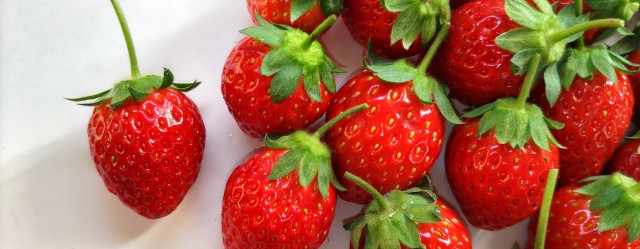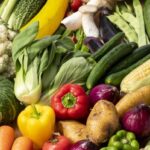
On March 29, 2024, the Ministry of Agriculture, Forestry and Fisheries (MAFF) announced the partial revisions to the the Japanese Agricultural Standards (JAS) for agricultural products with food chain information, and the partial revisions to the JAS for soybean milk and related products. On April 10, 2024, the revision to the JAS for dried fish products was also announced.
The revisions of the JAS for soybean milk and related products and for dried fish products are simply focused on organizing terminology. On the other hand, as for the JAS for agricultural products with food chain information, the revision includes adding the targeted items, “strawberries” and “rice”, to the existing items of “lettuce,” “melons,” and “grapes”(see the table below).
Added distribution process control standards for agricultural products in Japan
| Food | Item | Distribution process control standard (outline) |
|---|---|---|
| Strawberry | Low- temperature control | Distribution process: Setting the temperature for delivery and storage and control with it*1 |
| Shock and vibration control | Pre-shipment: Shock control by application of cushioning materials designed and proven to absorb shock to the bottom of the shipping boxes (In the case where not applying shock-absorbing materials proven to have shock-absorbing effects, set the acceptable shock limit and number of shocks as standards and manage with them. ) | |
| Pre-shipment: Manage to mitigate the impact of fruit-to-fruit collision by using hanging containers or other means | ||
| Humidity maintenance and antifungal control | Distribution process: Setting the conditions for humidity maintenance and anti-mold and control with them*2 | |
| Rice | Low-temperature and relative humidity control | Distribution process: Setting the temperature for delivery and storage and the relative humidity, and control with them*3 |
| Antifungal control | Distribution process: Manage to prevent mold caused by condensation (In cases where the temperature and the relative humidity fluctuate during receiving and shipping at a warehouse) |
*1 In situations where low-temperature management is not possible during loading and unloading, establish the acceptable temperature ranges and dwell time and manage with them for cases where it is expected that quality may be affected.
*2 In the cases where the distribution process takes more than 3 days after the shipment to the retail store (e.g. for exporting)
*3 In situations where low-temperature and relative humidity control management are not possible during the delivery, establish the permissible cumulative time for not performing low temperature and relative humidity control management, considering the actual conditions of the distribution process, and manage with them for each type.
About labeling
The following labeling must be implemented under the conditions that meet the requirements including the management in accordance with the above criteria.
Required labeling items:
- The term “Agricultural products with food chain information”
- Identification number
- How to provide the food chain information (URL, QR code, third party’s medium available to access)
The following items can be also indicated voluntarily.
Examples of voluntary labeling items:
- An indication that the appropriate management was implemented under the condition where all the necessary requirements are met, and the outline of their distribution management standards
- Shipment date
- An indication regarding the producer, distributing manager (their names, addresses, contacts)
- Labeling regarding the quality of rice (data measured by a grain sorter, etc.)
Summary
The JAS for “Agricultural products with food chain information” was established with the aim of enhancing the competitiveness of agricultural products including in overseas markets. Its target items are also expected to increase in the future. We are going to watch closely how labels of processed foods using agricultural products will be treated in the future.
Share/Like/Follow:
Newsletter Signup
We issue monthly e-newsletters, which provide you with the latest updates on food labeling/regulations in Japan.
If you want to make sure to not miss any issue, please click below.
Related Service
Research Services on Ingredients & Food Labeling -For the Japanese Market-
We verify the conformity of ingredients and additives with the standards for use in Japan based on specifications such as formulation lists. We also verify the conformity of the proposed labeling of ingredient names, nutrients, etc. with the labeling standards based on specifications such as formulation lists.

Label bank Co., Ltd. Regulatory Review and Development
Born in Japan. Specializing in biochemistry, he is engaged in research work on ingredients and additives imported to Japan from overseas, and provides consulting services on food standards, additives, and food labeling.






